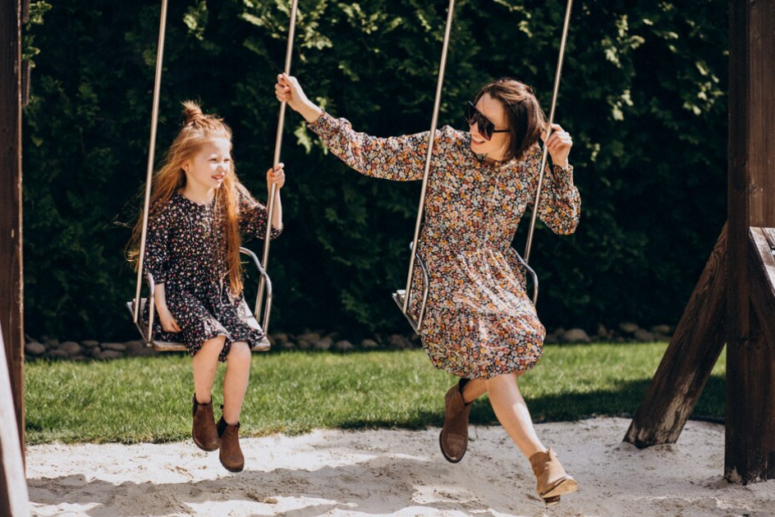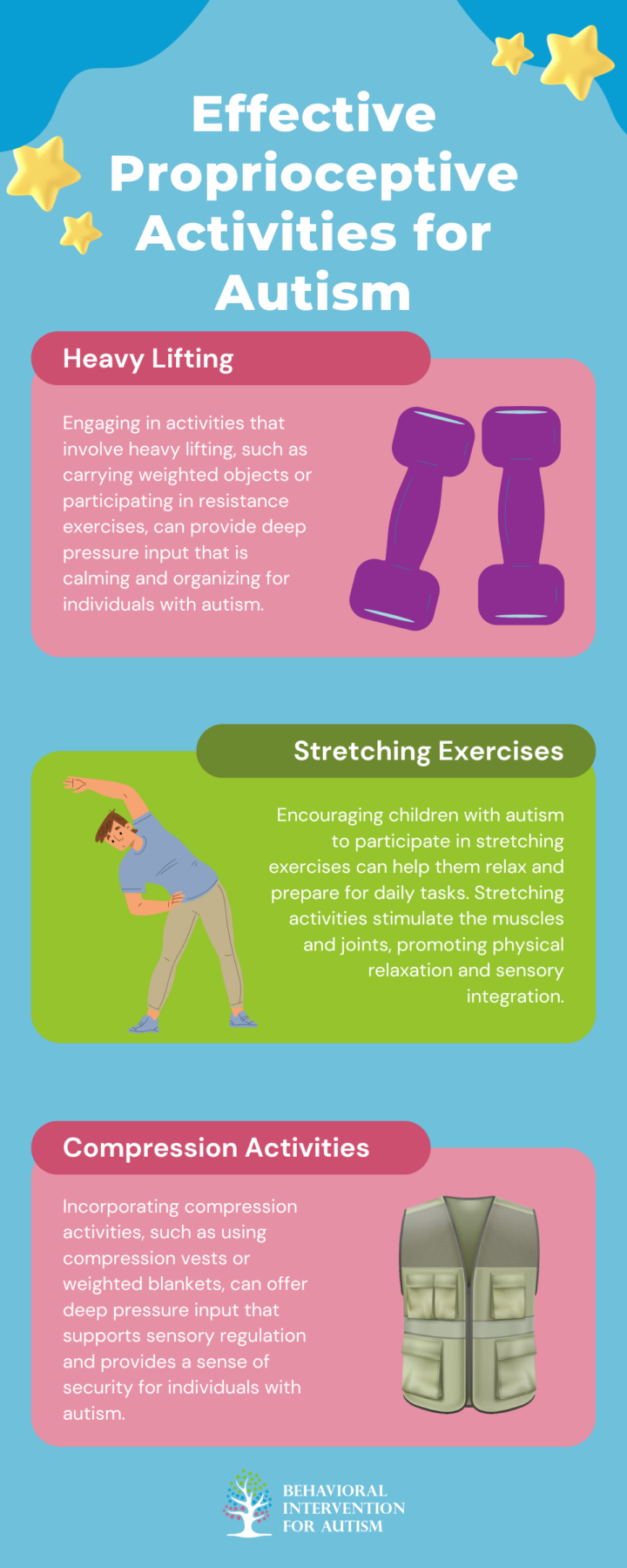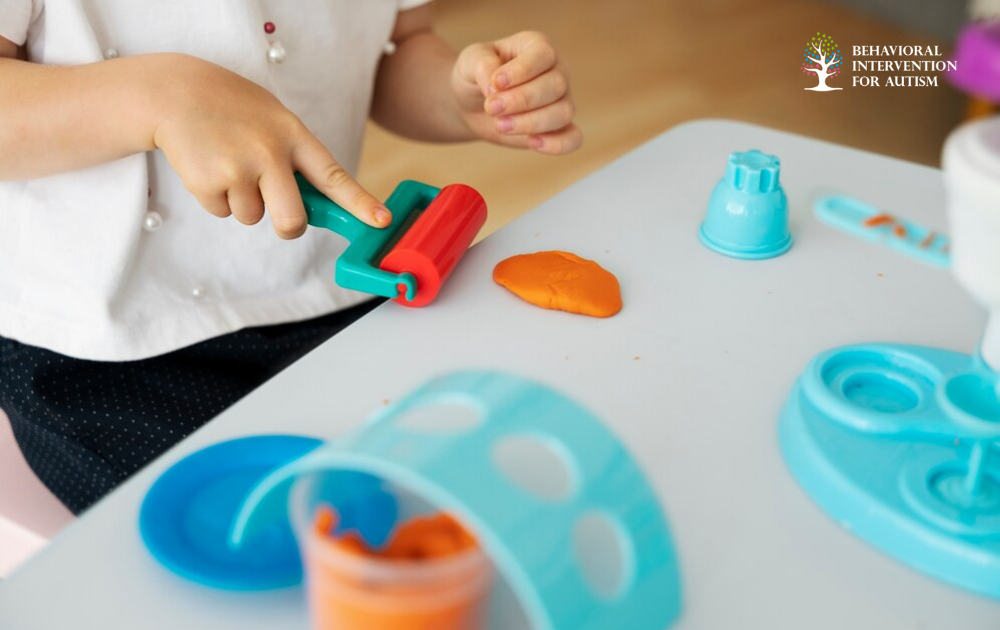
Table of Contents
Exploring the foundational understanding of proprioception is crucial when considering its impact on individuals, especially those with autism spectrum disorder (ASD).
We’ll explore the role of proprioception and its importance for individuals with autism.
The Role of Proprioception
Proprioception, often referred to as the body’s “sixth sense,” refers to a person’s innate ability to sense the position, location, and movement of their body parts without relying on vision. This internal sense plays a vital role in enabling individuals to navigate their environment, perform daily activities, and engage in motor skills with precision and coordination.
At its core, proprioception allows individuals to carry out tasks seamlessly and efficiently, from basic movements like walking and grasping objects to more complex actions such as writing and sports activities. It provides real-time feedback to the brain about the body’s spatial orientation, facilitating smooth and coordinated movements without the need for conscious effort.
Importance for Individuals with Autism
For individuals with autism, proprioception holds particular significance due to its role in promoting body awareness and movement control. Often, individuals with autism may experience challenges with sensory processing, including difficulties in interpreting sensory information and regulating their responses to stimuli in the environment.
Proprioceptive input serves as a natural calming mechanism for individuals with autism, helping to regulate their nervous system and provide a sense of order and calmness when they feel overwhelmed or overstimulated by their surroundings. Engaging in proprioceptive activities, such as heavy lifting and deep pressure touch, can have a soothing effect on individuals with autism, promoting relaxation, organization, and readiness for daily tasks and challenges.
Proprioception plays a crucial role in sensory processing and is often overlooked when addressing the sensory needs of individuals with autism. Integrating proprioceptive and vestibular input is essential for helping children with autism navigate sensory experiences, enhancing emotional regulation and self-regulation.
Implementing Proprioceptive Activities
Proprioceptive input plays a vital role in providing a sense of order and calm for individuals, especially children, with autism. By engaging in activities that offer proprioceptive input, individuals with autism can regulate their nervous system, enhance attention and focus, and better prepare themselves for daily tasks.
Let’s explore the benefits of proprioceptive input and effective activities tailored for individuals with autism.
Proprioceptive Input Benefits
Proprioceptive activities serve as a natural calming mechanism for children with autism, helping them relax, organize their thoughts, and increase readiness for daily challenges. These activities stimulate the proprioceptive system, which in turn can improve fine motor skills, sensory processing, and overall sensory regulation in individuals with autism. The benefits of proprioceptive input include:
- Regulation of the nervous system
- Order and calm in overwhelming environments
- Enhanced attention and focus
- Improved fine motor skills
Incorporating proprioceptive activities into daily routines helps parents and caregivers create a supportive environment that fosters sensory regulation and development for children with autism.
Effective Proprioceptive Activities for Autism
Effective proprioceptive activities for individuals with autism include:

Incorporating Vestibular Sensory Input
Exploring the integration of vestibular sensory input is essential when addressing sensory challenges in individuals with autism.
Understanding the vestibular system and incorporating specific activities tailored to this sensory domain can significantly impact individuals’ daily functioning and overall well-being.
Vestibular System Overview
The vestibular sense plays a critical role in processing balance and spatial awareness, allowing individuals to comprehend how their body moves through space. This sensory system involves the inner ear and intricate connections to the brain, which collectively regulate balance, eye movement, and spatial orientation. For individuals with autism, issues in the vestibular system can contribute to challenges in coordination, spatial perception, and motor skills.
Vestibular Activities for Autism
Activities targeting the vestibular sense for individuals with autism should emphasize balance, spatial awareness, and coordination. Focusing on these exercises enhances overall motor skills and sensory processing, ultimately leading to improved focus and behavior.
Vestibular Activities | Description |
Swinging | Swinging back and forth on a swing can provide gentle vestibular input and promote a sense of balance and coordination. |
Jumping | Jumping activities, such as trampolining or jumping jacks, can offer proprioceptive and vestibular stimulation while improving muscle strength and coordination. |
Balance Beam Exercises | Walking or crawling on a balance beam enhances balance, spatial awareness, and motor planning skills. This activity encourages the individual to focus on maintaining equilibrium and coordination. |
Spinning | Controlled spinning activities, like sitting and spinning on a chair or spinning in place, can offer vestibular input that helps regulate sensory processing and improve body awareness. |
Rocking | Rocking in a chair or on a rocking horse provides rhythmic vestibular stimulation, which can have a calming effect on individuals with autism and help enhance their spatial orientation. |

Personalizing Sensory Activities
Personalization is key in proprioception exercises for individuals with autism.
Customizing sensory activities allows parents and caregivers to create a supportive environment that promotes sensory regulation and enhances daily functioning.
Tailoring Activities to Needs
Selecting proprioceptive activities for individuals with autism requires careful consideration of their unique sensory needs and sensitivities. Since proprioceptive activities can vary in intensity, duration, and type, it’s important to choose those that match the individual’s sensory profile. Some may benefit from deep pressure activities like heavy lifting or pushing, while others might prefer joint compression or resistance activities.
It’s important to observe the individual’s response to different activities and adjust the sensory input accordingly. By paying attention to cues such as body language, vocalizations, and overall engagement, parents and caregivers can fine-tune the activities to meet the individual’s sensory preferences and comfort levels.
Planning Time and Frequency
Incorporating proprioceptive activities into the daily routine of individuals with autism requires careful planning in terms of timing and frequency. Consistency is key to reaping the benefits of these activities, so it’s important to establish a regular schedule that includes designated time slots for sensory exercises.
Parents and caregivers should consider the individual’s energy levels, attention span, and overall sensory needs when planning the timing of sensory activities. Some individuals may benefit from short, frequent sensory breaks throughout the day, while others may prefer longer, more intense proprioceptive sessions at specific intervals.
Incorporating proprioceptive activities into the daily schedule helps individuals with autism regulate sensory experiences, enhance focus and attention, and build essential skills for improved daily functioning.
Proprioception exercises can be incredibly beneficial for individuals with autism, helping them develop body awareness and improve coordination. These activities often include jumping, crawling, and balance exercises, which can enhance sensory processing and motor skills. We understand the importance of tailored interventions and offer comprehensive ABA programs in Florida designed to address these needs.
Our team at Behavioral Intervention for Autism is committed to providing high-quality therapy that not only supports physical development but also fosters emotional growth. If you’re ready to explore how our services can make a positive impact, connect with us today to learn more about our tailored approaches.
- 9 Common Obsessions of Children With Autism You Should Know - February 25, 2025
- What is Neurodiversity? A Guide to Embracing Differences - February 25, 2025
- Understanding Hyperfocus in Autism: What It Means and Why It Happens - February 25, 2025
